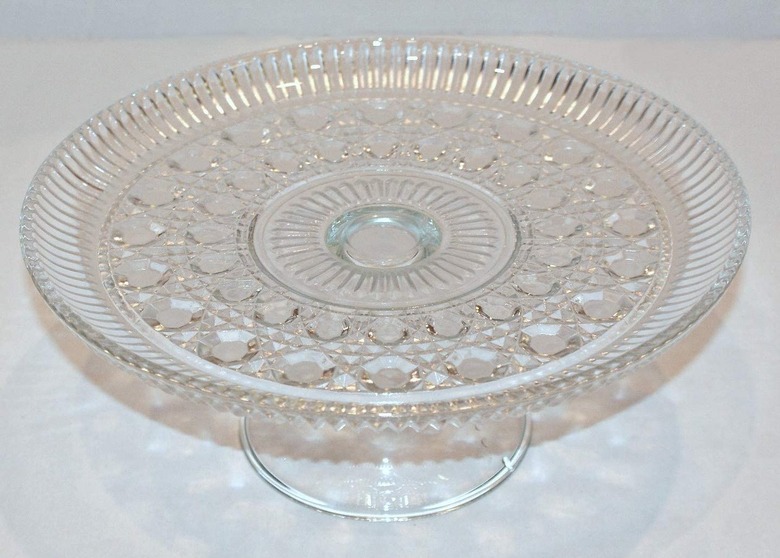How To Identify Federal Glass
Federal glass is a type of glass that was mass produced in the United States in the early and mid-20th century. The Federal Glass Company was established in Columbus, Ohio, in 1900. The company existed until 1979, but it's best known for the glass it produced between the 1920s and 1950s. Federal glass is sometimes called Depression glass, although the two are not exactly the same. Federal glass was produced specifically by the Federal Glass Company, while Depression glass was mass produced by various companies (including the Federal Glass Company) during the Depression era (1929-1930s). So how do you identify Federal glass?
The Rise of the Federal Glass Company
The look and features of Federal glass evolved over time. The earliest items made by the company were mainly clear glass bottles and jars. By 1914, it produced a range of then-fashionable designs in pressed glass that imitated hand-cut glass as well as some hand-blown items.
Most Federal glass was made from molds, and the majority of these molds were acquired from other glass manufacturers. This can make it challenging to tell earlier Federal glass apart from glass produced by other manufacturers because it was often very similar and based on the same designs.
By the 1920s and '30s, the Federal Glass Company was making full tableware sets, many of them in color, as well as institutional glass for restaurants and the hospitality industry. Some of these Depression-era sets and pieces are easier to identify because between 1927 and 1932, they started to be stamped with the company's logo: an F inside a shield. By the 1930s, the Federal Glass Company was the biggest producer of Depression glass, so if you find some Depression glass but aren't sure of the manufacturer, there's a good chance it will be Federal glass anyway, whether it's stamped or not.
The Features of Federal Glass
Although the company started out by producing just clear glass, over the decades, Federal glass appeared in a wide range of colors as the company experimented with producing colored glass on a mass scale starting around 1925. The most common are amber, green, pink, crystal, and pale blue. Less common and therefore more collectible and valuable are red, canary yellow, cobalt blue, milk glass, and amethyst.
Another unique and interesting feature of some Federal glass is that it was made from "uranium glass." This is just as it sounds: glass that was made with tiny quantities of uranium. This causes the glass to glow green under UV lights. These are a bit more valuable than regular Federal glass, although on the whole, Federal glass is collected by people who love it for the way it looks rather than for its value (which is not very high).
Some patterns were especially popular and were produced in large quantities. Look up some of these specific designs online or in books on collectible glass and then see if you can identify them when you're out shopping for glass. The most popular and common designs include the Madrid, Cabbage Rose, and Sharon patterns.
Details to Look For
- The Federal Glass Company logo: an F inside a shield. This can usually be found on the bottom of a piece.
- Raised seams on the glass caused by quick, mass manufacture. The glass was poured into molds in two halves (or more) and then joined together. Other mass-produced Depression glass also has this feature.
- Uranium glass that glows green under UV lights.
